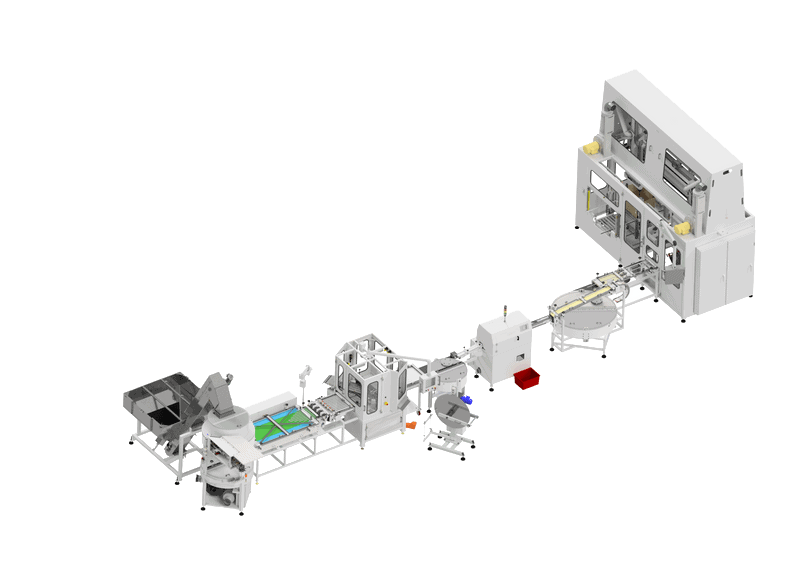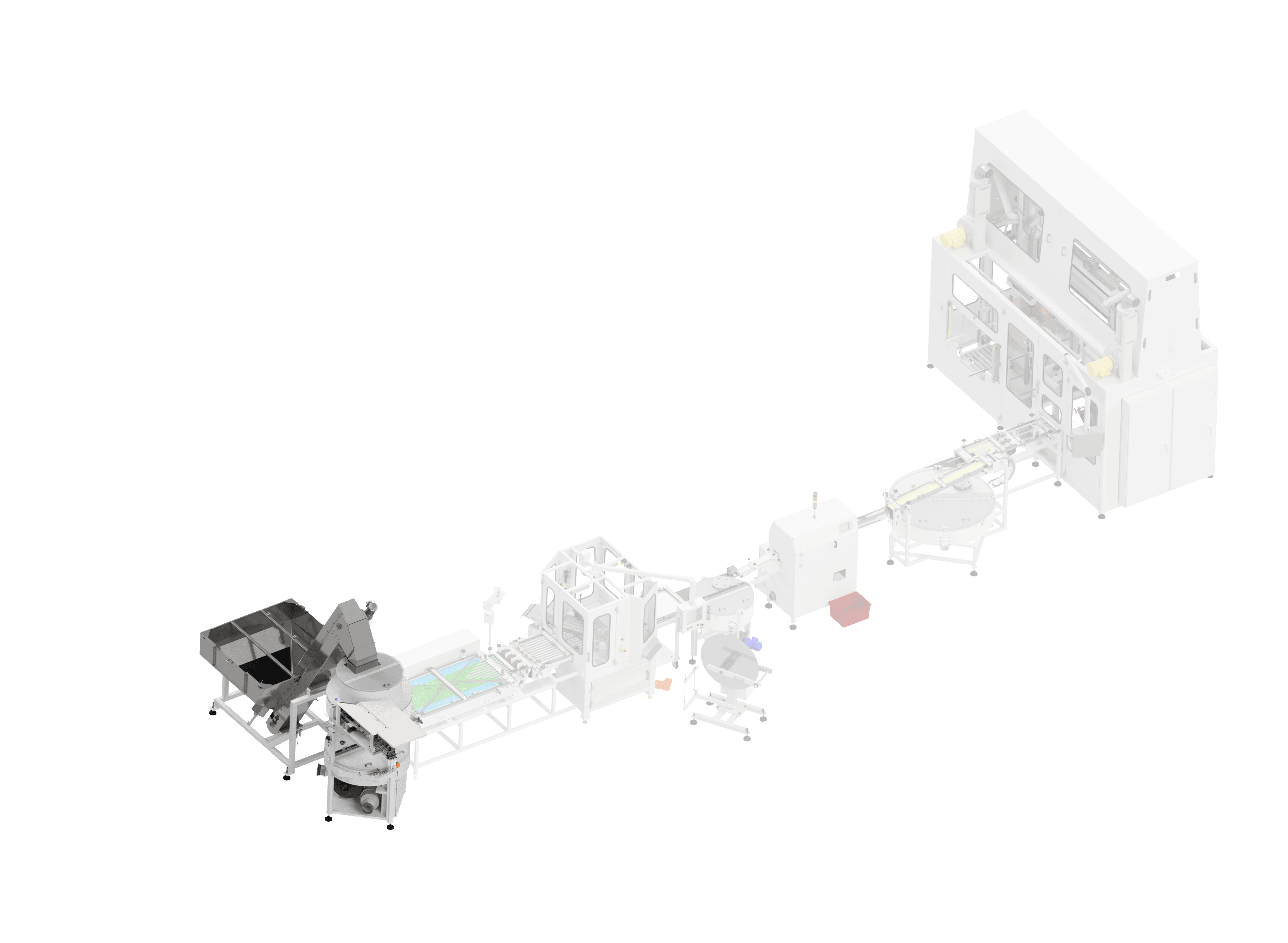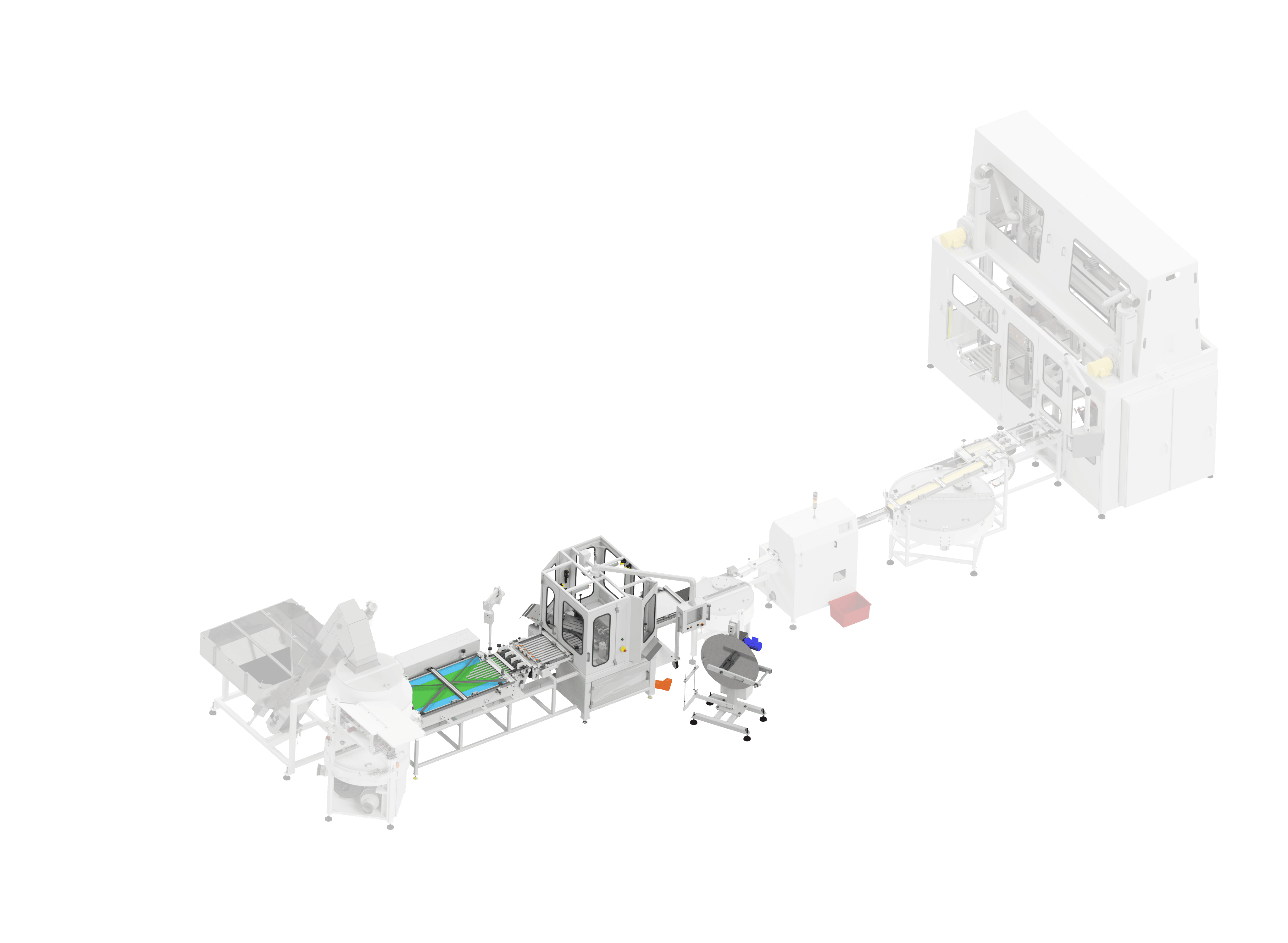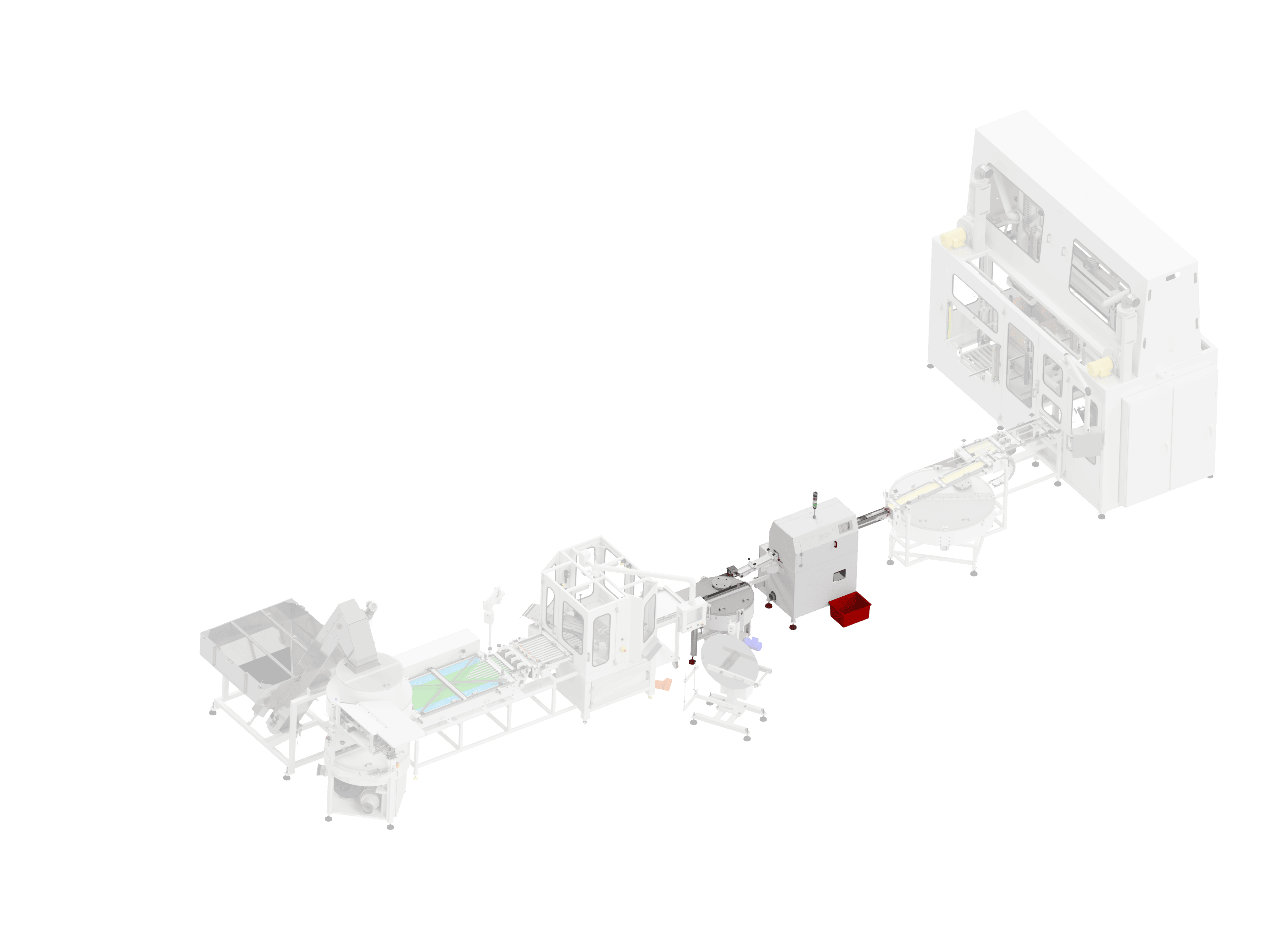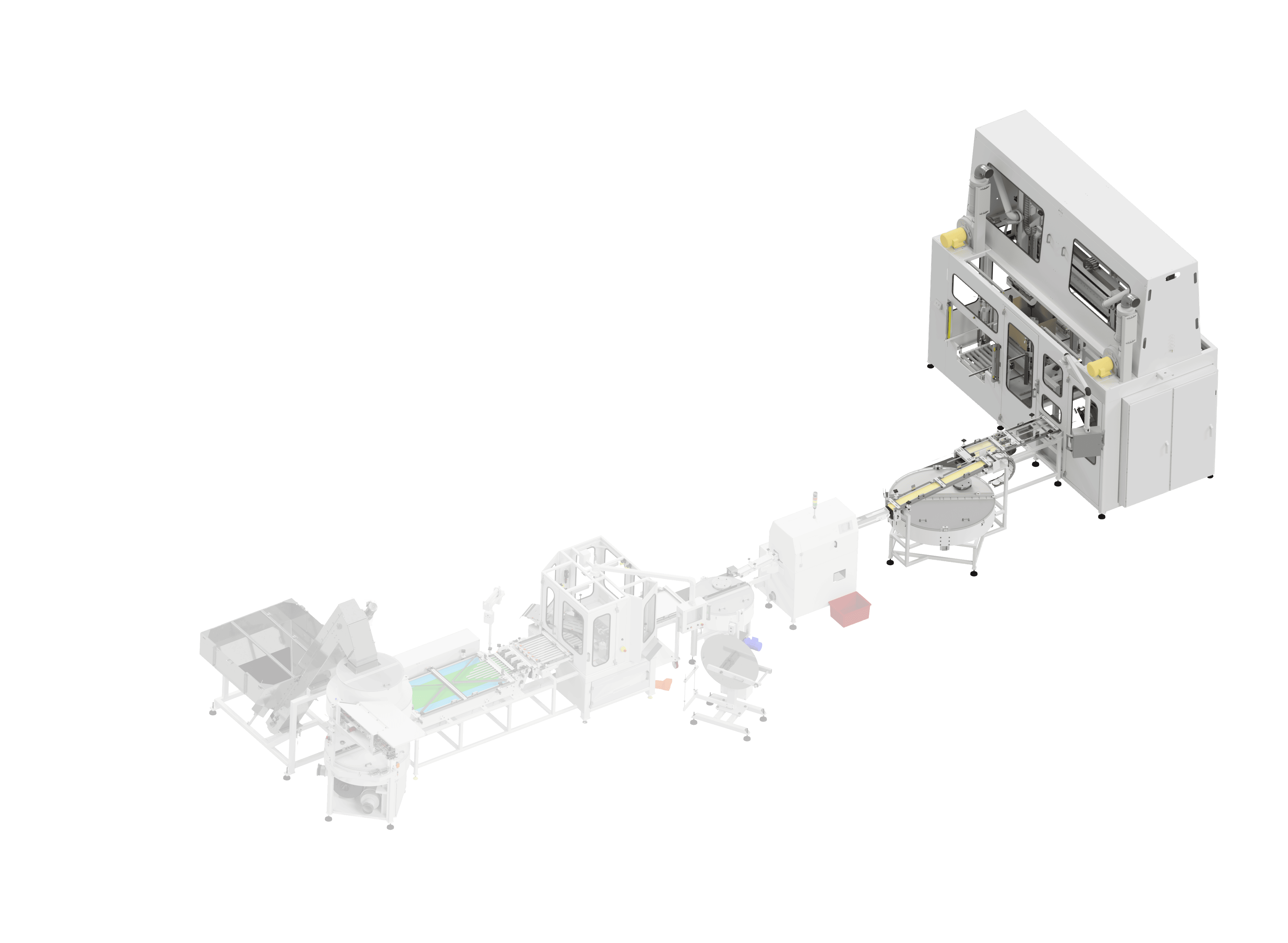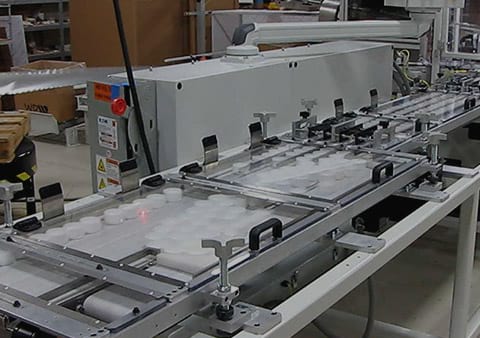Big Sky Eng Lining Solutions
CLOSURE LINING & STACKING SOLUTIONS
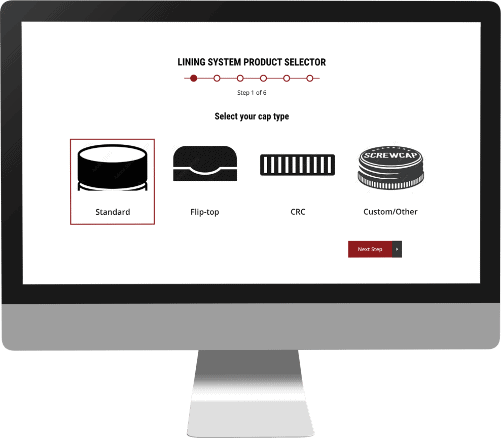
LINING SYSTEM PRODUCT SELECTOR
Use our lining system product selector to determine the best fit for your production line
Learn MoreWhy work with us?
Big Sky Engineering is unique in having both broad experience in the design and development of custom automation equipment systems, plus in-depth knowledge of innovative closure lining machine production, lining material development, lining material supply chain management, strip-width consolidation / inventory reduction, and the streamlining of closure business operations.
Request a Quote
80
Energy savings of centrifugal
blowers vs. compressed air
blowers vs. compressed air
25
Material savings compared to
other stamping patterns
other stamping patterns
5
More caps lined per cycle than
traditional rotary lining machines
traditional rotary lining machines
SERVICE & SUPPORT
SERVICE
Technical supports commitment to timely solutions. If we cannot resolve a performance issue in the first service visit, expect us to return with engineering support to collaboratively find or design a successful fix.
Learn More
PARTS
If you need emergency parts, want to restock your spare parts kits, require assistance with identifying a part or simply want a new manual, our team is only a call or email away. We maintain an inventory of quality-approved spare parts and consumables, can help identify replacement parts for obsoleted items and are happy to expedite your order if you are in a pinch.
Learn More
REMOTE SERVICES
Remote service support is not a second-class speculation or over-the-phone symptom checker anymore. Nor is it a security concern. Technology has elevated remote service support to preferential status. It enables us to help you troubleshoot your automated equipment immediately instead of organizing a service technician to fly out and visit your manufacturing facility.
Learn More
MAINTENANCE SERVICE CONTRACTS
Our company specializes in maintenance contracts for automated machines, providing proactive servicing and support to ensure optimal performance and minimal downtime. With our tailored agreements, you can rely on scheduled inspections, timely repairs, and expert troubleshooting to keep your operations running smoothly. Trust our dedicated team to safeguard your equipment's longevity and efficiency, allowing you to focus on maximizing productivity and profitability.
Learn More
SERVICE & SUPPORT
SERVICE
Technical supports commitment to timely solutions. If we cannot resolve a performance issue in the first service visit, expect us to return with engineering support to collaboratively find or design a successful fix.
Learn More
PARTS
If you need emergency parts, want to restock your spare parts kits, require assistance with identifying a part or simply want a new manual, our team is only a call or email away. We maintain an inventory of quality-approved spare parts and consumables, can help identify replacement parts for obsoleted items and are happy to expedite your order if you are in a pinch.
Learn More
REMOTE SERVICES
Remote service support is not a second-class speculation or over-the-phone symptom checker anymore. Nor is it a security concern. Technology has elevated remote service support to preferential status. It enables us to help you troubleshoot your automated equipment immediately instead of organizing a service technician to fly out and visit your manufacturing facility.
Learn More
MAINTENANCE SERVICE CONTRACTS
Our company specializes in maintenance contracts for automated machines, providing proactive servicing and support to ensure optimal performance and minimal downtime. With our tailored agreements, you can rely on scheduled inspections, timely repairs, and expert troubleshooting to keep your operations running smoothly. Trust our dedicated team to safeguard your equipment's longevity and efficiency, allowing you to focus on maximizing productivity and profitability.
Learn More

